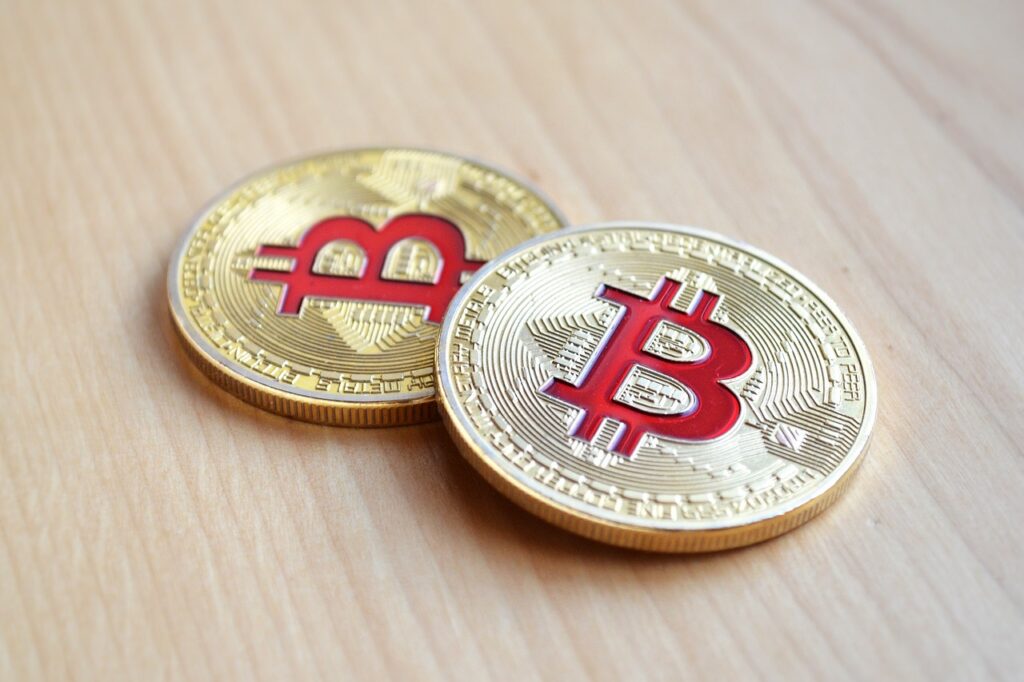How to Make Money with Bitcoin for Beginners
In today’s digital age, Bitcoin has emerged as a revolutionary form of currency, offering a unique opportunity for individuals looking to dive into the world of cryptocurrency investment. If you’re a beginner interested in making money with Bitcoin, this guide will walk you through various strategies tailored to help you start your journey confidently and effectively.
Understanding Bitcoin
Before diving into the methods of making money with Bitcoin, it’s crucial to understand what Bitcoin is. Bitcoin is a decentralized digital currency, without a central bank or single administrator, that can be sent from user to user on the peer-to-peer bitcoin network without the need for intermediaries. Created by an unknown person or group of people using the name Satoshi Nakamoto, it was released as open-source software in 2009.
Buying and Holding Bitcoin
One of the simplest and most popular strategies for making money with Bitcoin is known as ‚buying and holding‘ or ‚Hodling.‘ The idea here is straightforward:
- Buy Bitcoin: Purchase Bitcoin through a reputable exchange like Coinbase, Binance, or Kraken.
- Hold: Keep your Bitcoin in a secure wallet and wait for the price to increase over time based on market dynamics.
- Sell for Profit: Once the value of Bitcoin has appreciated significantly, you can sell your holdings for a profit.
This strategy requires patience and a good understanding of market trends to decide the optimal time to sell.
Choose a Reliable Bitcoin Wallet
A Bitcoin wallet is where you store, send, and receive your Bitcoin. There are several types of wallets:
- Hardware Wallets: Physical devices that store your private keys offline.
- Software Wallets: Apps or computer programs providing quick and easy access but less security than hardware wallets.
- Paper Wallets: Printed QR codes representing your public and private keys, offering offline storage.
Choosing the right wallet depends on your investment strategy and security preferences.
Best Practices for Secure Bitcoin Storage
When it comes to investing in Bitcoin, securing your investment is paramount. Here are some best practices for keeping your Bitcoin safe:
- Use a Hardware Wallet: Often considered the most secure way to store Bitcoin, hardware wallets keep your private keys offline, protecting them from online hacks.
- Enable Two-Factor Authentication (2FA): Always enable 2FA on any platform where your Bitcoin is stored. This adds an additional layer of security beyond just your password.
- Backup Your Wallet: Regularly backup your wallet, especially if you’re using a software or mobile wallet. Store backups in multiple secure locations.
- Use Multi-Signature Addresses: These require multiple keys to authorize a single Bitcoin transaction, increasing security by distributing the risk.
- Stay Updated: Keep your software updated to protect against vulnerabilities. This applies to both your digital wallets and any devices used to access your Bitcoin.
Understanding Bitcoin Market Trends
Being able to understand and analyze market trends is crucial for successful Bitcoin investment. Here’s how you can start:
- Follow Bitcoin News: Websites like CoinDesk and CoinTelegraph, along with various cryptocurrency podcasts and YouTube channels, provide current news and analysis.
- Learn Technical Analysis: This involves studying historical price charts to make educated guesses about future movements based on patterns and volume. Resources and online courses are available to teach you the basics of cryptocurrency technical analysis.
- Monitor Market Sentiment: Tools like the Fear and Greed Index can help you understand the general sentiment in the Bitcoin market, which can be a useful indicator of potential price movements.
Tips for Choosing the Right Bitcoin Investment Strategy
Choosing the right investment strategy depends on your financial goals, risk tolerance, and time horizon. Here are a few strategies to consider:
- Long-Term Holding (Hodling): If you believe in the long-term value of Bitcoin, this strategy involves buying and holding Bitcoin for years.
- Day Trading: This strategy involves buying and selling Bitcoin on the same day, taking advantage of short-term price movements. It requires time, attention, and understanding of market indicators.
- Dollar-Cost Averaging (DCA): This involves investing a fixed amount of money at regular intervals, regardless of the price. This strategy can help mitigate risks and reduce the stress of timing the market.
Bitcoin Mining
Bitcoin mining is the process by which new Bitcoins are introduced into circulation. It involves using sophisticated hardware to solve complex mathematical problems. Once the problem is solved, the miner is awarded Bitcoin as a reward. This not only introduces new Bitcoins but also secures and verifies transaction information on the blockchain.
However, mining has become highly competitive and requires significant upfront investment in specialized hardware, as well as ongoing costs related to electricity and maintenance.
Earn Bitcoin Through Affiliate Marketing
Affiliate marketing in the Bitcoin world involves promoting various crypto services or products. By signing up as an affiliate, you can earn commissions in Bitcoin by referring new customers through a unique affiliate link provided by the platform.
- Crypto Exchanges: Many exchanges offer affiliate programs that pay you in Bitcoin for every new user you bring in who makes a transaction.
- Bitcoin Wallets: Some wallet services also offer affiliate opportunities, rewarding you with a percentage of the transaction fees.
Accepting Bitcoin as Payment
If you own a business, another straightforward way to earn Bitcoin is by accepting it as a form of payment. With Bitcoin’s growing popularity, adding it as a payment option can attract customers who prefer using cryptocurrency and help you build up your Bitcoin holdings.
Conclusion
Making money with Bitcoin can be exciting and potentially profitable. However, it is essential to conduct thorough research and possibly seek advice from financial experts before making significant investments. As with any investment, there’s risk involved, so start small, learn continuously, and only invest what you can afford to lose.






